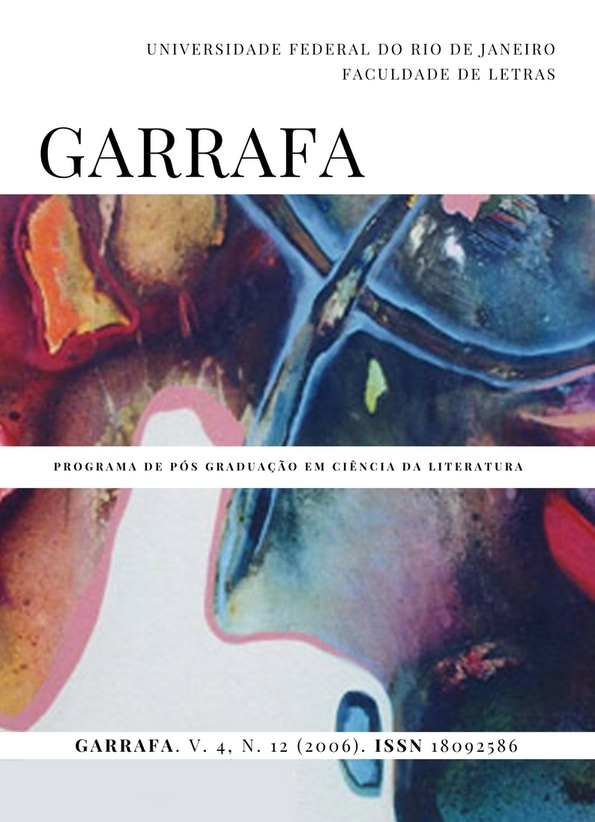RETHINKING McMURPHY'S IDENTITY IN KEN KESEY'S ONE FLEW OVER THE CUCKOO'S NEST
Abstract
Randolph Patrick McMurphy's several functions in Ken Kesey's One Flew Over The Cuckoo's Nest (translated into Portuguese as Um Estranho no Ninho ) offer, so to speak, a large range of possibilities of literary interpretations, on account of the complexity of the decade in which the story takes place rather than the complexity of the character himself, even though one must acknowledge that he is not a flat character at all. I mean, McMurphy's actions and importance within the novel increase and develop in direct proportion to the growth of the antagonic social forces against which he is going to fight and that ultimately reflect similar forces oppressing millions of subjugated Americans in the fierce and roaring actuality of the 1960's.
Riferimenti bibliografici
CAMPBELL, Joseph. O Herói de Mil Faces . São Paulo: Cultrix/Pensamento, 1997.
HALL, Stuart. A Identidade Cultural na Pós-Modernidade. Rio de Janeiro: DP &.
A, 2001.
KESEY, Ken. One Flew Over The Cuckoo's Nest . New York: Penguin, 1992.
KLINKOWITZ, Jerome. “McMurphy and Yossarian as Politicians”. In: The .
American 1960's: Imaginative Acts in a Decade of Changes. Ames: The Iowa
University Press, 1980.
LEEDS, Barry H. “ One Flew Over The Cuckoo's Nest : It's True Even If It Didn't
Happen”. In: _____. Ken Kesey: New York: Frederick Ungar Publishing Co.,
TANNER, Tony. “Edge City”. In: _____ . City of Words: American Fiction 1950 -
New York: Harper & ROW, 1971.
TINDALL, George B. & SHI, David E. America: A Narrative History. New York:
Norton, 1996.
##submission.downloads##
Fascicolo
Sezione
Licenza
Autores que publicam nesta revista concordam com os seguintes termos:
- Autores mantém os direitos autorais e concedem à revista o direito de primeira publicação, com o trabalho simultaneamente licenciado sob a Licença Creative Commons Attribution que permite o compartilhamento do trabalho com reconhecimento da autoria e publicação inicial nesta revista.
- Autores têm autorização para assumir contratos adicionais separadamente, para distribuição não-exclusiva da versão do trabalho publicada nesta revista (ex.: publicar em repositório institucional ou como capítulo de livro), com reconhecimento de autoria e publicação inicial nesta revista.
- Autores têm permissão e são estimulados a publicar e distribuir seu trabalho online (ex.: em repositórios institucionais ou na sua página pessoal) a qualquer ponto antes ou durante o processo editorial, já que isso pode gerar alterações produtivas, bem como aumentar o impacto e a citação do trabalho publicado (Veja O Efeito do Acesso Livre).

